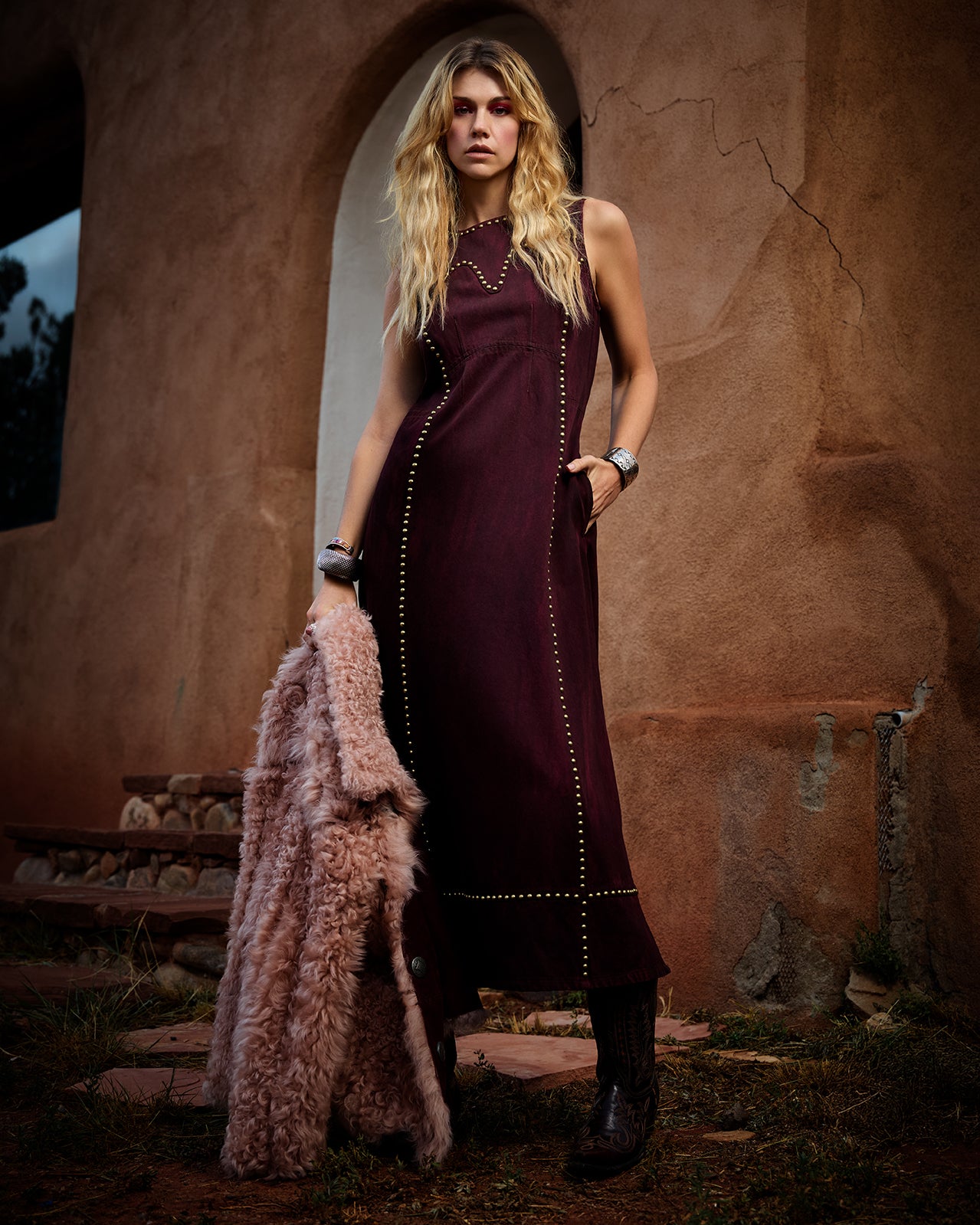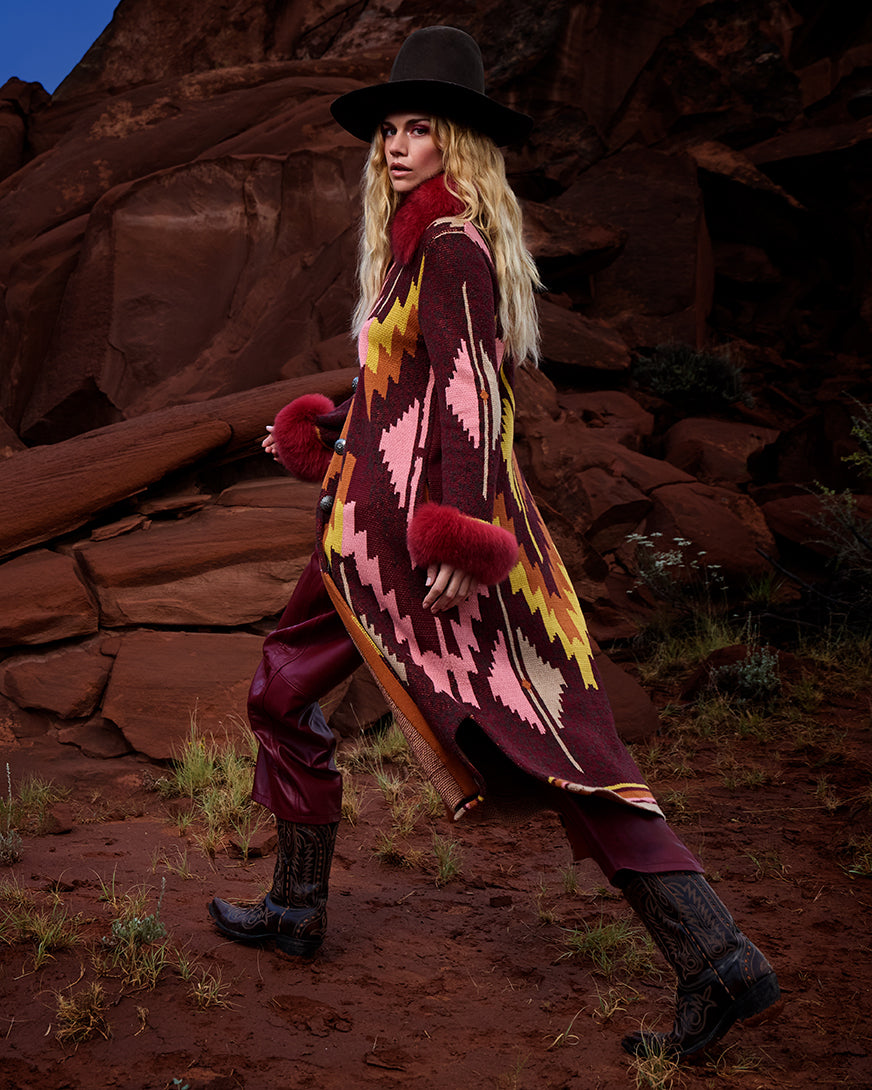Free scarf on Past & Present collection orders over $300 – limited quantities available.
Free scarf on Past & Present collection orders over $300 – limited quantities available.
Shop
apparel
Add description, images, menus and links to your mega menu
A column with no settings can be used as a spacer
Link to your collections, sales and even external links
Add up to five columns
Add description, images, menus and links to your mega menu
A column with no settings can be used as a spacer
Link to your collections, sales and even external links
Add up to five columns
Add description, images, menus and links to your mega menu
A column with no settings can be used as a spacer
Link to your collections, sales and even external links
Add up to five columns
Add description, images, menus and links to your mega menu
A column with no settings can be used as a spacer
Link to your collections, sales and even external links
Add up to five columns

ARTIFACT EDUCATION: KACHINAS
September 05, 2021 3 min read
You know that scene in The Little Mermaid when Ariel’s singing about having “whosits and whatsits galore”, amongst her vast varied collection of items from different adventures? Well, that’s kind of what it’s like in the DDR storage room(s). You can’t even fathom the range of what you’ll find in there. But here’s the thing: every single piece was hand-selected, for a reason and with a purpose. And to an astounding degree, Cheryl can tell you the story behind almost every one of them – where she found it, why she bought it, how she plans to use it, and more often than not, the origin of it and others like it.
Most recently, throughout the Grand Canyon collection, we got an artifact education on her curated collection of kachinas.
Kachinas (or katsinas) are figures crafted by the Hopi people, most often carved out of cottonwood, that represent different deities that are integral to the culture. The original purpose of these figurines was to teach young girls and new brides about these spiritual beings believed to bring rain, control other aspects of the natural world and society, and act as messengers between humans and the spirit world.
The earliest iterations of kachinas were essentially flat shapes carved to represent each spirit with attributes drawn or painted on with natural pigments. As the crafting technique evolved, they became more 3-dimensional, with more human-like proportions and characteristics, though many also have animalistic attributes, such as wings. They also began to become more colorful with the use of more vibrant – though still, at this stage, natural – pigments. Part of this is attributed to increased European interest in Native American culture and aesthetics, which resulted in more elaborate iterations for the sake of trade value.
Another interesting differentiation between eras of kachinas is what is usually referred to as “traditional” or “action”. Early era kachinas tended to appear still, at rest, stationary; upright with arms to the side. Over time, they began to be depicted in action, dancing; arms away from the body, often bent at the waist or with a leg raised as in mid-ceremonial.
Yet another, and perhaps the most important, distinction among kachinas – particularly in terms of collectability and valuation – is authentic vs. tourist. As tourist traffic began to increase across the country, so did the interest in the Native American aesthetic and Southwestern-style souvenirs. And so, they started to produce kachina dolls to be sold to tourists at roadside stands and markets. They differ from authentic kachinas in that they are intended to be decorative collectibles rather than ceremonial heirlooms and educational pieces within the culture, so they are carved with a base in order to stand freely – often “notched” to give the appearance of legs and sometimes on a cylindrical base, like a trophy – whereas authentic kachinas are meant to hang on a wall. Don’t get us wrong, there is a market for both, but that’s an important thing to note when determining value – kachinas can vary in price from under $100 to well into the thousands.
NOTE: We’ve only skimmed the surface on what there is to learn and appreciate about kachinas, and we highly encourage you to keep exploring the nuances if it piques your interest -- there’s a vast amount of fascinating information out there!
Leave a comment
Comments will be approved before showing up.
Recently viewed products
Join Us
Our emails are the prettiest. Dress up your inbox:



